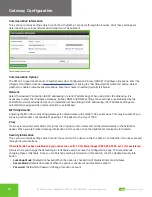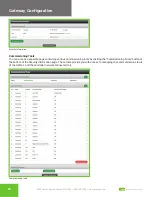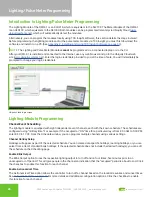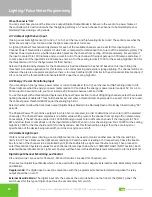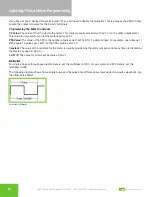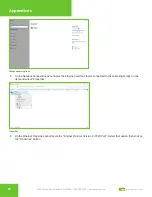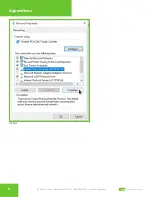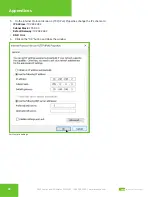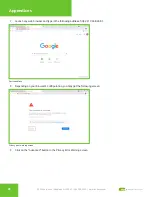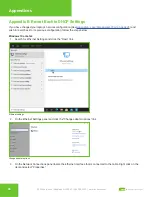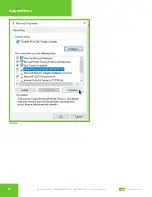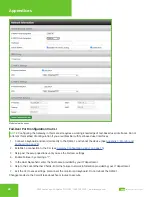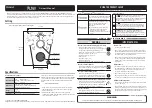
27
2800 Laura Lane • Middleton, WI 53562
|
800.288.9383
|
www.tcsbasys.com
Building Automation Systems
27
Lighting/Pulse Meter Programming
Line Voltage
Power Input
Calibration Factor
120VAC
24VAC
5.0
120VAC
27VAC
4.4
277VAC
24VAC
11.5
Daylight Saving Time
If you wish to use daylight saving time, enable the “Daylight Saving Time” option within the software and enter the starting
month + week and the ending month + week.
Scheduling Via TCS Insight
When scheduling via TCS Insight, click on the Channel Schedules tab to display additional tabs for each channel (1 – 8).
Each channel tab has subtab for all available functions.
Pulse Meter Module Programming
The Utility Pulse Meter Module is an SEQ100. It is equipped with four different meter inputs; each input is set up for a dry
contact and cannot be changed. Each input can be configured to accept signals representing electrical, BTU, water, or gas
usage. The required parameters will be provided by either the utility company involved or by the Current Transducer (CT)
used to generate the pulse signal.
Meter Types
The SEQ100 supports various meter types; selecting a meter type changes the default values as they are used to calculate
meter consumption and demand for that particular meter.
For each of the four SEQ100 meter inputs, there are five selectable options:
1.
ELEC 1 PH:
Electric single-phase meter.
2.
ELEC 3 PH:
Electric three-phase meter.
3.
GAS:
Gas meter.
4.
WATER:
Water meter.
5. BTU:
BTU meter.
Utility pulse meters can be one of two different types, depending on whether they count the leading and trailing edges of
the pulse, or only the leading edge of the pulse as a single count. A pulse output can be either a mechanical relay or solid-
state device. The pulse output corresponds to a unit/time of a monitored quantity. The amount of time between states of
a pulse output corresponds to the meter demand; the number of pulses is proportional to the meter’s consumption.
Below is a diagram depicting two types of utility meter pulse outputs. Meter Type A counts only the leading edge as a
single pulse, while the trailing edge is ignored. Meter Type C is known as a true KYZ meter and counts both the leading
and trailing edges as a pulse, doubling the number of pulses as seen by Meter Type A. The SEQ100 measures Type A
output only, however KYZ functionality can be mimicked by entering a “Meter Multiplier” value of 2.
In the following diagram, both Type A and C are shown. Three pulses are shown, labeled 1, 2, and 3. As shown in the
diagram, the Type A output closes and opens for each pulse, whereas the Type C output changes state.
Meter pulse outputs







